Amphibians have thrived on Earth for millions of years, yet many species are now teetering on the brink of extinction. Human activities such as habitat destruction, pollution, climate change, and disease have significantly impacted their populations. In this article, we highlight the top 12 most endangered amphibians, exploring the unique challenges each species faces and the urgent conservation efforts needed to save them. From the giant Chinese Salamander to the elusive Taita Hills Warty Frog, these remarkable creatures remind us of the fragile beauty of our natural world and the importance of protecting it.
Chinese Giant Salamander (Andrias davidianus)
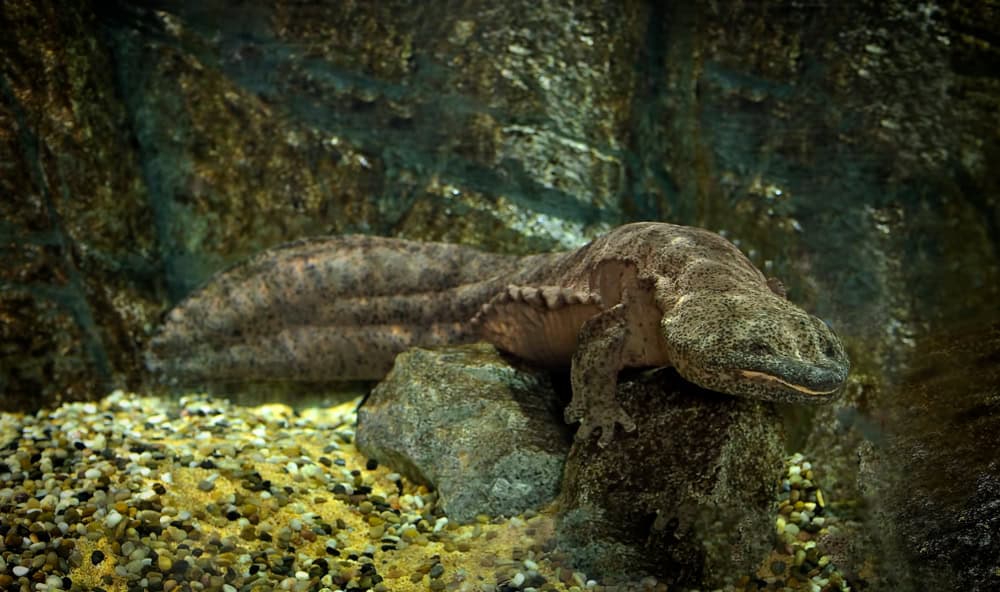
The Chinese Giant Salamander is the largest amphibian in the world, reaching lengths of up to 1.8 meters. This species is critically endangered due to habitat loss, water pollution, and over-exploitation for its perceived medicinal properties. Habitat destruction through dam construction and water pollution from agricultural runoff have severely fragmented their populations, leading to a drastic decline in numbers. Conservation efforts are underway, but the salamander’s slow reproduction rate makes recovery challenging.
Western Nimba Toad (Nimbaphrynoides occidentalis)
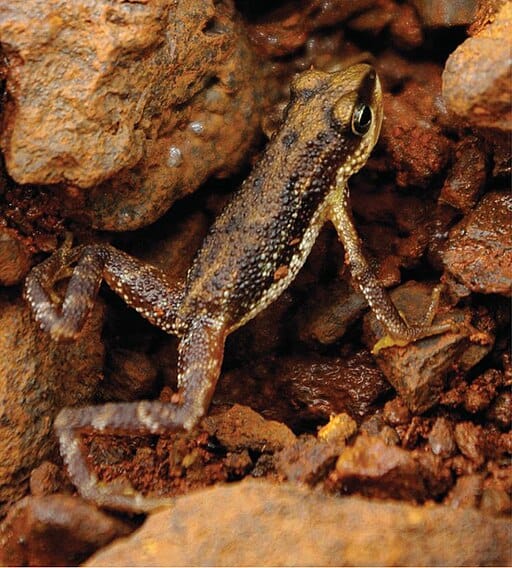
Endemic to the highlands of Guinea and the Ivory Coast, the Western Nimba Toad faces severe habitat loss due to mining activities. These small toads are known for their unique reproductive strategy, where they give birth to live young rather than laying eggs. Their specialized habitat requirements make them highly vulnerable to environmental changes. Conservationists are working to protect their remaining habitats, but the ongoing mining poses a significant threat.
Axolotl (Ambystoma mexicanum)
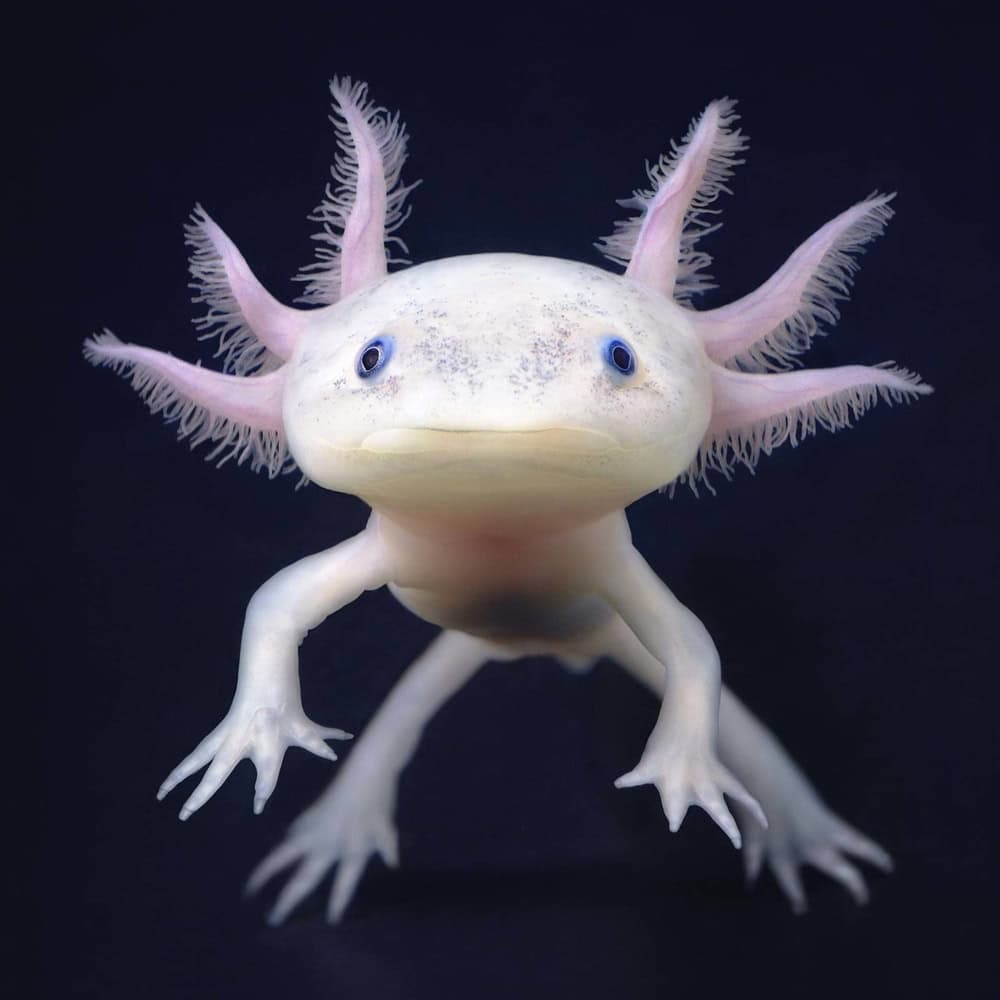
Native to Mexico’s Lake Xochimilco, the Axolotl is famous for its ability to regenerate limbs and other body parts. However, it is critically endangered due to urbanization, water pollution, and the introduction of invasive species. The shrinking habitat and poor water quality have drastically reduced their numbers. Efforts to save the Axolotl include habitat restoration and captive breeding programs, but challenges remain in addressing the root causes of their decline.
Oki Salamander (Hynobius okiensis)
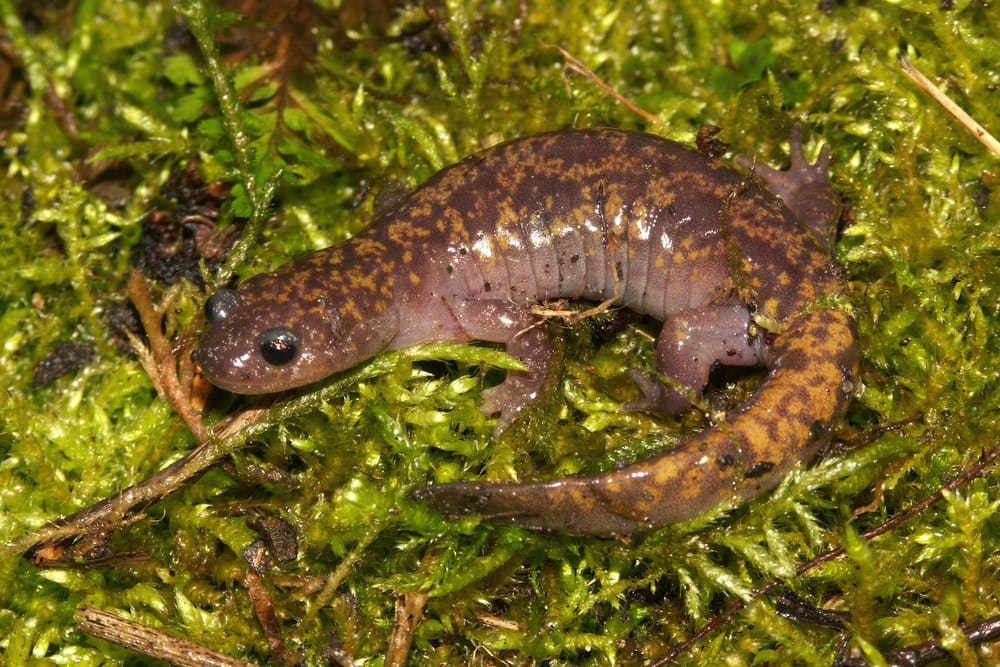
This salamander is native to the Oki Islands in Japan and is critically endangered due to habitat alteration and pollution from pesticides and fertilizers. The limited range and specialized habitat requirements of the Oki Salamander make it particularly susceptible to environmental changes. Conservation efforts include habitat restoration and pollution control, but the species’ small population size poses significant challenges.
Baracoa Dwarf Frog (Eleutherodactylus orientalis)
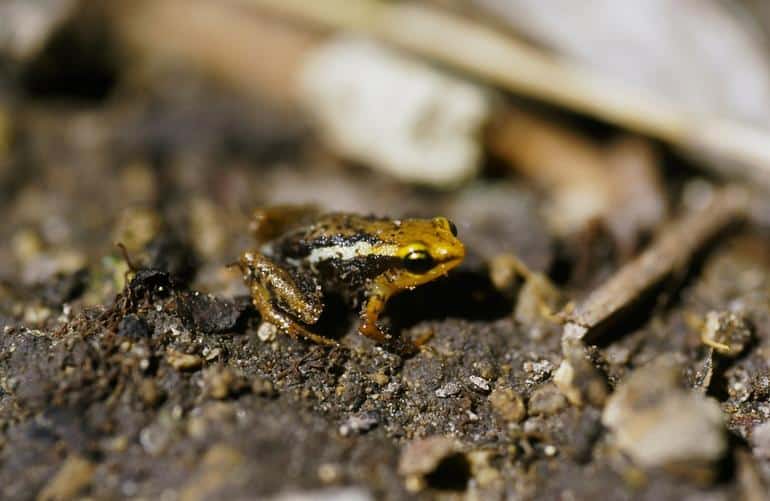
Found only in the Baracoa region of Cuba, the Baracoa Dwarf Frog is critically endangered due to habitat alteration and loss. These frogs inhabit moist montane forests, which are increasingly being converted for agriculture and development. Conservation actions include habitat protection and restoration, but the limited range and ongoing habitat destruction make recovery difficult.
Golden Coquí (Eleutherodactylus jasperi)
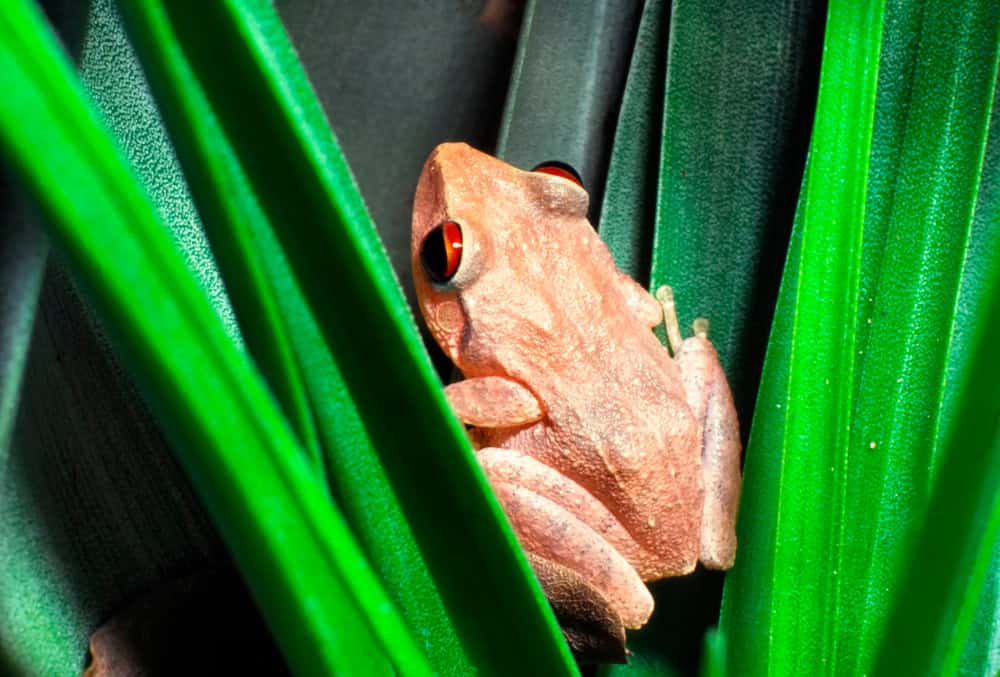
Endemic to Puerto Rico, the Golden Coquí is critically endangered and possibly extinct. Habitat loss due to deforestation and urbanization has been the primary driver of their decline. Efforts to locate remaining populations have been unsuccessful, and conservationists continue to search for any surviving individuals. Habitat restoration and protection remain priorities for the potential recovery of this species.
Harlequin Toad (Atelopus varius)
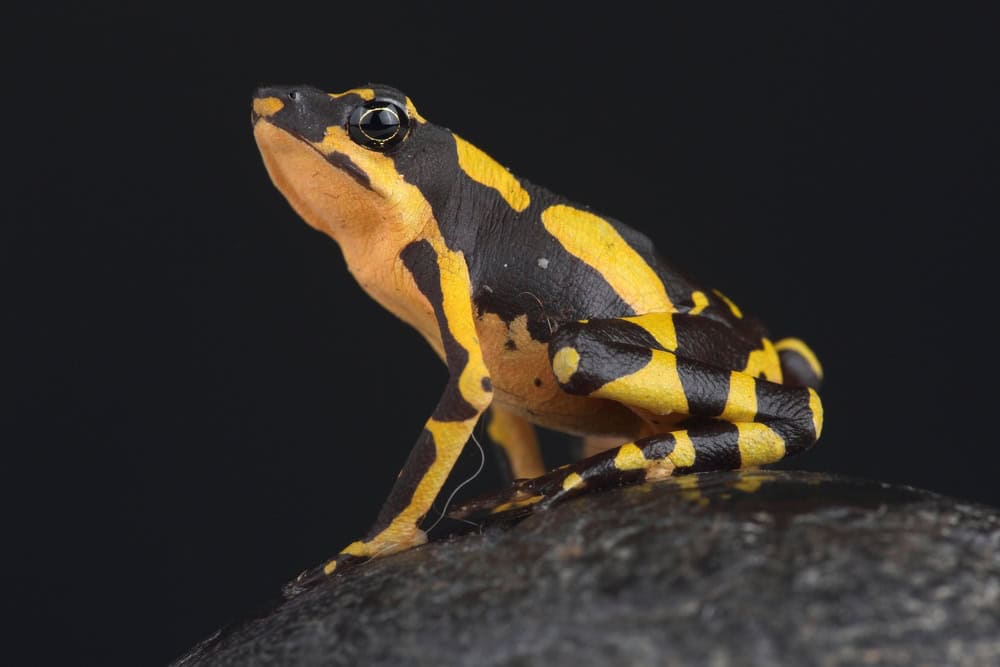
Native to Central and South America, the Harlequin Toad is critically endangered due to habitat destruction, climate change, and chytridiomycosis. These brightly colored toads are highly susceptible to the fungal disease, which has decimated populations across their range. Conservation efforts include captive breeding and reintroduction programs, along with habitat protection and disease management strategies.
Archey’s Frog (Leiopelma archeyi)
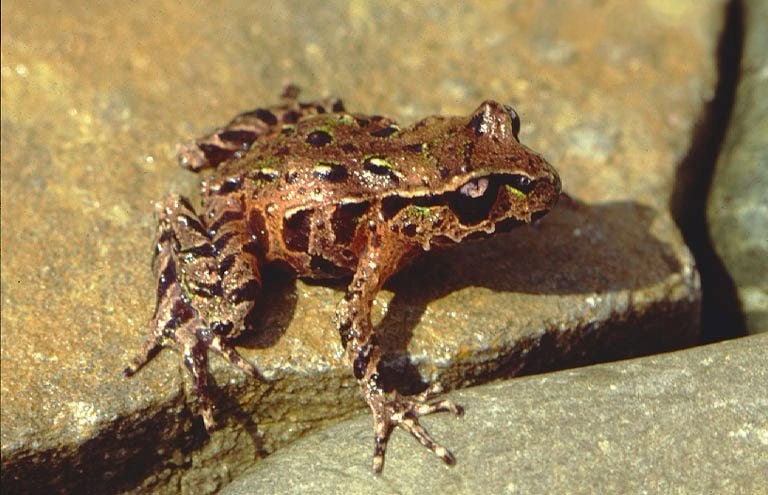
Endemic to New Zealand, Archey’s Frog is critically endangered due to habitat loss, predation by introduced species, and chytridiomycosis. These frogs are part of an ancient lineage and have unique reproductive behaviors, such as parental care of eggs and young. Conservation efforts include habitat protection, predator control, and captive breeding programs to ensure their survival.
Corroboree Frog (Pseudophryne corroboree)
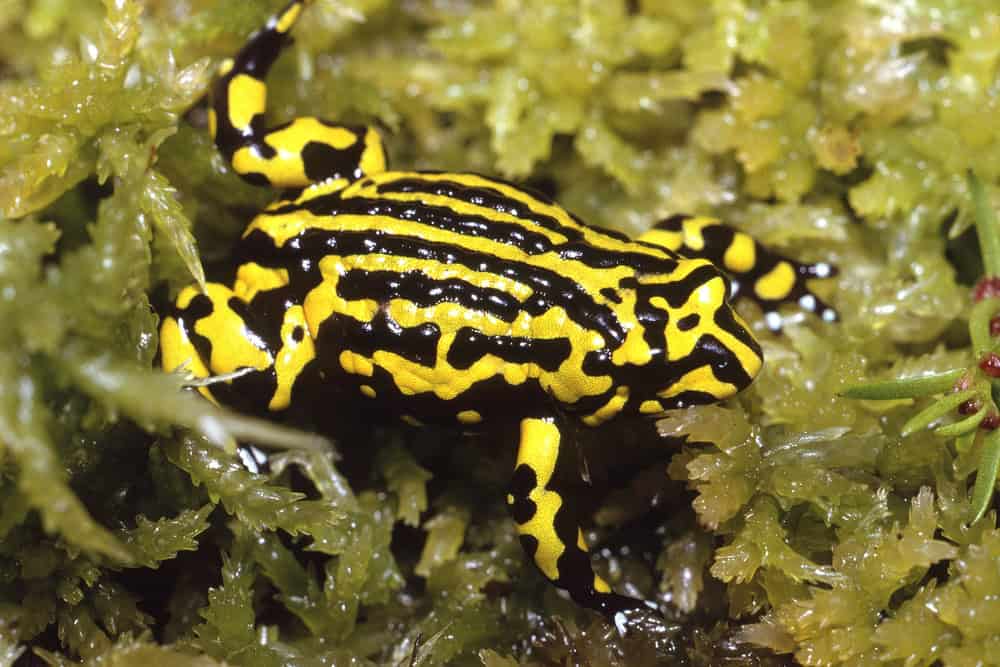
Native to the highlands of southeastern Australia, the Corroboree Frog is critically endangered due to habitat destruction and chytridiomycosis. These frogs have striking black and yellow coloration and are known for their unique breeding habits. Conservationists are working on habitat restoration, captive breeding, and reintroduction programs to save this species from extinction.
Mississippi Gopher Frog (Lithobates sevosus)

Found in the southern United States, the Mississippi Gopher Frog is critically endangered due to habitat destruction and fragmentation. These frogs rely on ephemeral ponds for breeding, which are increasingly being lost to development and agriculture. Conservation efforts include habitat protection, restoration, and captive breeding programs to bolster their declining populations.
Kihansi Spray Toad (Nectophrynoides asperginis)
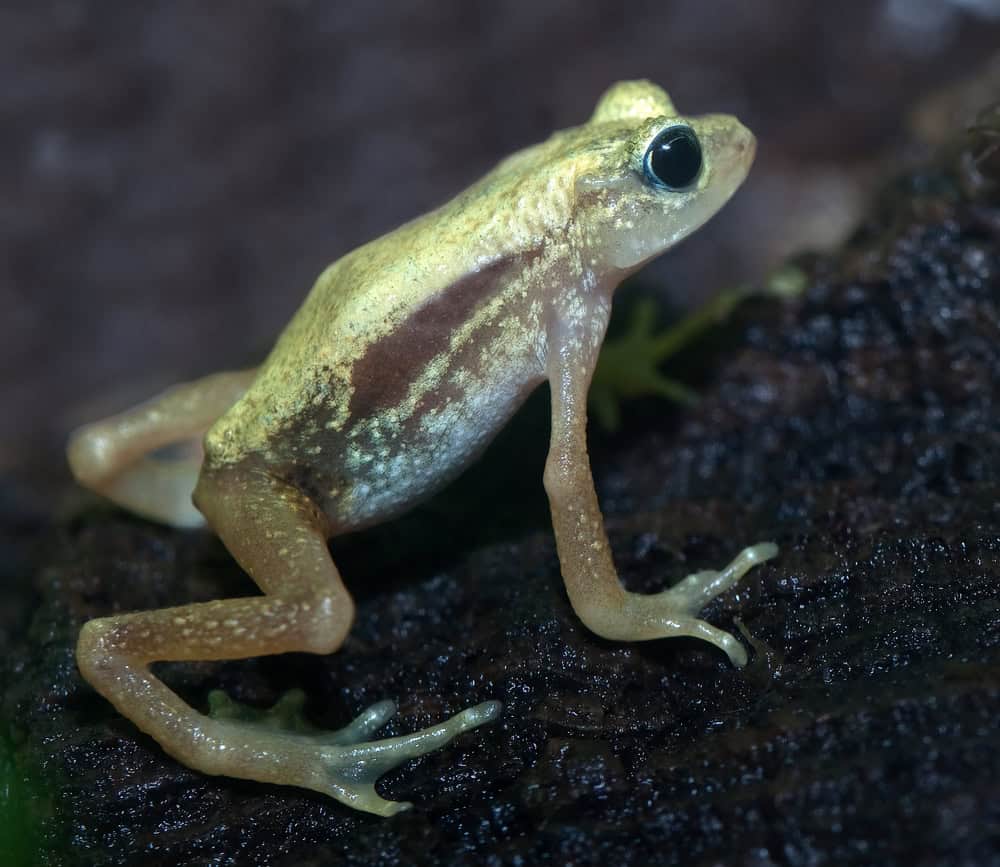
Once found only in the Kihansi Gorge in Tanzania, the Kihansi Spray Toad is critically endangered due to habitat alteration from dam construction. The dam disrupted the natural spray zone habitat that these toads relied on for survival. Conservation efforts have included captive breeding and reintroduction, along with habitat restoration to recreate the spray zone environment.
Taita Hills Warty Frog (Callulina dawida)
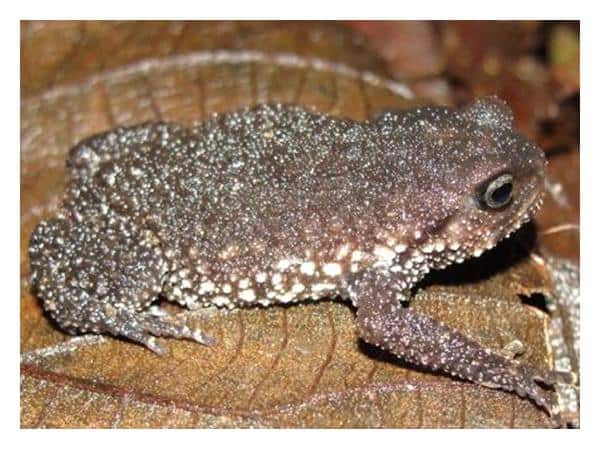
Endemic to the Taita Hills in Kenya, the Taita Hills Warty Frog is critically endangered due to habitat loss and fragmentation. These frogs inhabit montane forests, which are increasingly being cleared for agriculture and development. Conservation actions focus on habitat protection and restoration, but the limited range and ongoing habitat destruction make recovery difficult.
This article originally appeared on Rarest.org.
More from Rarest.org
The 15 Most Long-Lived Animals in the World
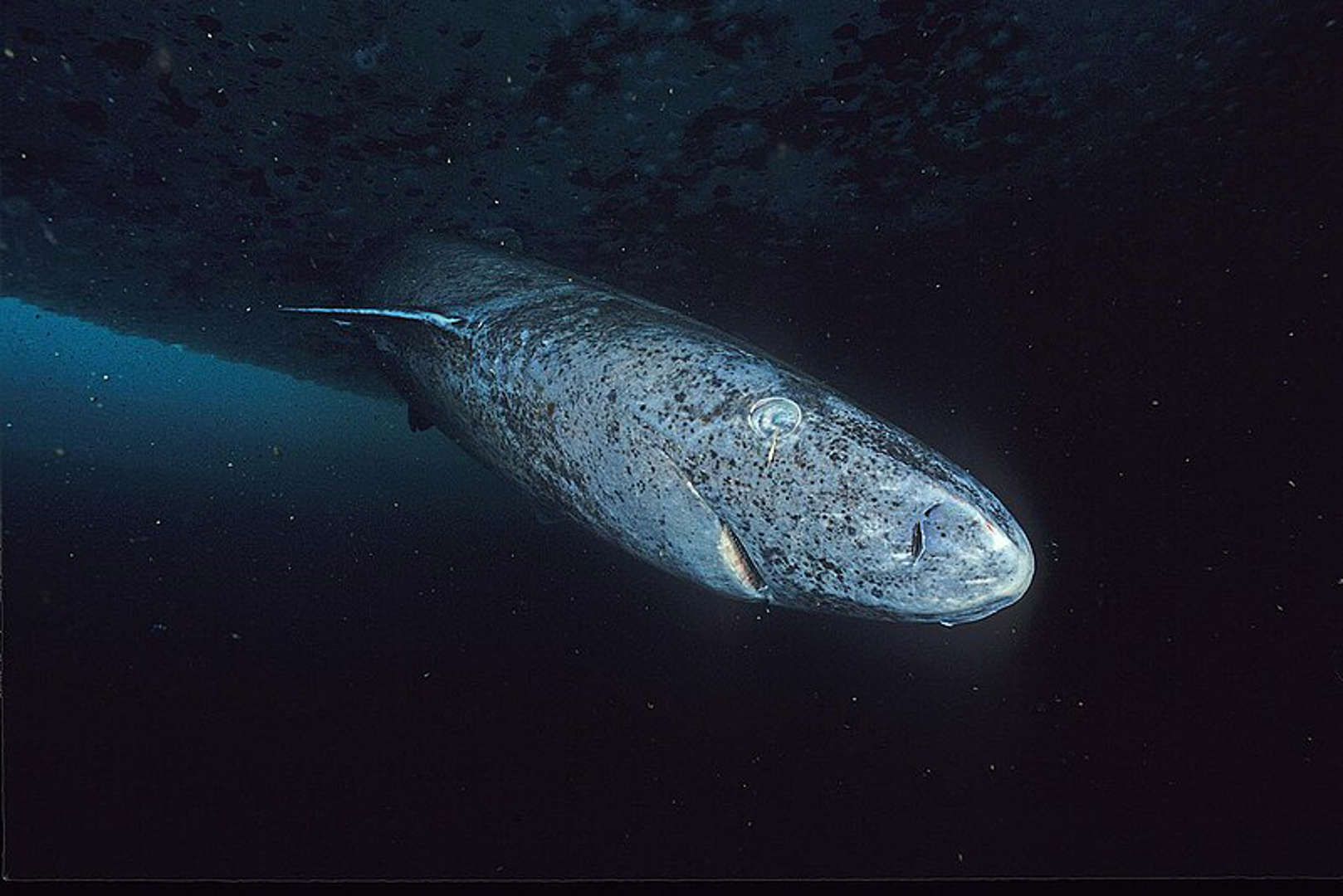
In the animal kingdom, some creatures defy the typical lifespan expectations and live extraordinarily long lives. From the deep-sea dwellers to terrestrial giants, these animals have evolved unique adaptations that allow them to thrive for decades, centuries, or even longer. Read more.
18 Vintage Movie Posters That Are Extremely Valuable

Movie posters are more than just advertisements; they are works of art that capture the essence of a film and its era. Some of these posters have become incredibly rare and valuable, sought after by collectors for their historical significance, striking designs, and the stories they tell. Read more.
13 Most Beloved Children`s Books of All Time

Children’s books hold a special place in our hearts. They transport young readers to magical worlds and teach valuable lessons. Read more.
